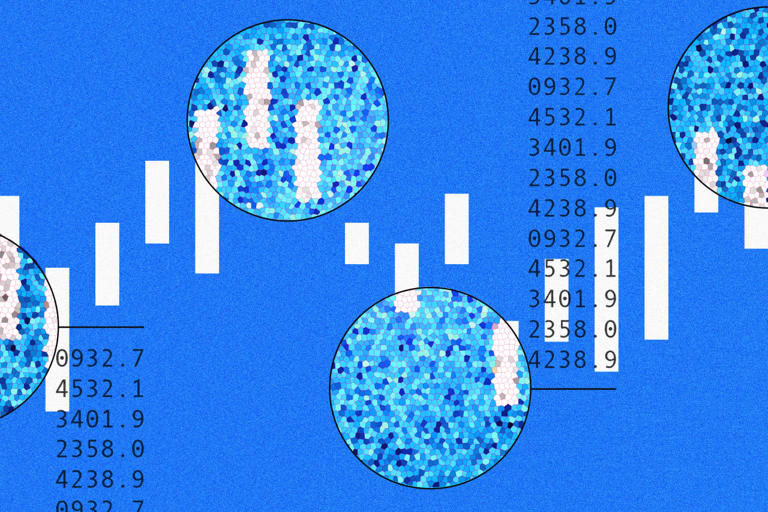Market technicians are cautioning against chasing the S&P 500 higher, suggesting that the index could be poised for a drop that presents a buying opportunity. Despite the S&P 500’s impressive 25% gain since its low point in October 2023, technicians are expressing concerns that the index may have advanced too far, too quickly.
One cause for concern is that the S&P 500 currently sits 12% above its 200-day moving average, a level that is higher than the 9% seen at the beginning of 2022, just before the market experienced a significant decline. According to John Roque, head of technical strategy at 22V Research, this indicates that the index is “stretched” and suggests that a corrective phase could occur.
Moreover, the recent rally appears to be losing momentum. Despite closing at a record high on Thursday, the S&P 500 has shown signs of stalling, with little movement during the past week. Additionally, there have been days, such as Monday and Tuesday, when the index dropped without any significant news catalysts. This lack of sudden moves in yields or the dollar suggests that investors may be opting to take profits on stocks that have already experienced substantial gains.
Katie Stockton, founder of Fairlead Strategies, notes that the S&P 500 is exhibiting signs of “upside exhaustion,” further reinforcing the cautious sentiment among market technicians.
Despite the recent winning streak of the S&P 500 and the prevalence of buying opportunities during dips, there’s a growing acknowledgment that a correction may be on the horizon. The index has achieved 16 new highs since November 1, and pullbacks have consistently been met with investors seizing the chance to buy. Additionally, the Cboe Volatility Index (VIX), which gauges future volatility expectations derived from the options market, has been relatively subdued, hovering around 14.29, albeit slightly up from its December low of 12.07 but still below its long-term average of approximately 19. According to Frank Cappelleri, founder of CappThesis, breakouts tend to succeed when there’s low two-way volatility.
However, signs are emerging that a correction may be imminent. The broad-based decline observed on Tuesday is indicative, with Craig Johnson, chief market technician at Piper Sandler, highlighting that decliners outnumbered advancers by 1.4 to 1 on the New York Stock Exchange and by 1.8 to 1 on the Nasdaq. Moreover, over 50% of stocks are currently experiencing downtrends, suggesting a shift in market sentiment.
According to Johnson, the weakening internals and breadth of the market, combined with recent overbought conditions, suggest that a pullback or consolidation is overdue. He emphasizes that it’s not a bearish call but rather a necessary reality check for stocks and indexes that have become extended.
While such a correction is expected to be relatively mild, it’s essential to monitor the index’s 20-day moving average, currently at 5046.95. A decline in this moving average would indicate increasing selling momentum, according to Stockton.
Once the S&P 500 experiences a drop, technicians will be watching for potential support levels where buyers might step in to prevent further declines. The first level of support is around 4800, near the index’s intraday high of 4818 reached in January 2022 before it declined.
If this support level holds, the index is likely to resume its upward trajectory, as suggested by Roque. However, if it fails to hold, the S&P 500 could be headed towards 4600, representing a 9.4% decline from Thursday’s close, which Roque believes would present a buying opportunity.
For investors considering new investments, small-capitalization stocks may be worth considering. The S&P 500 currently trades at 3.9 times the price of the S&P Small Cap 600 index, which closed at 1312 on Thursday. Historically, when the S&P 500 price has been 3.9 times or more than the S&P 600, small-caps have tended to outperform over the following year. This trend has been observed from March 2020 through September 2020. According to Stockton, small-caps are likely to perform better in relative terms.
